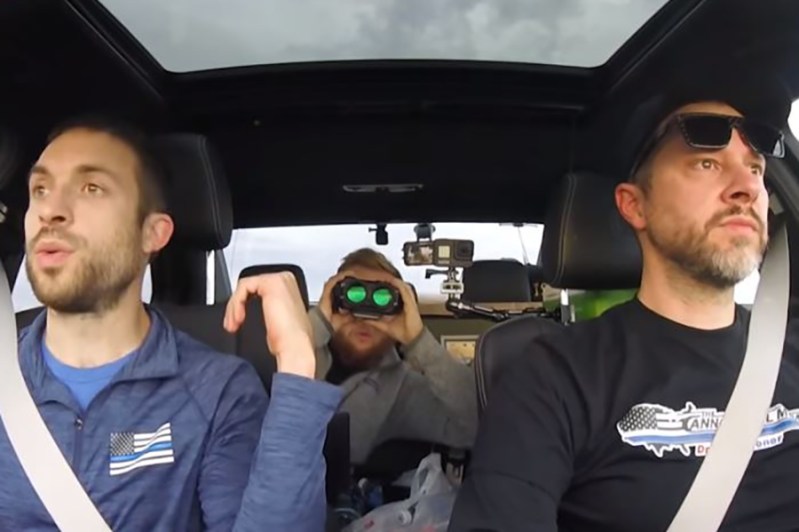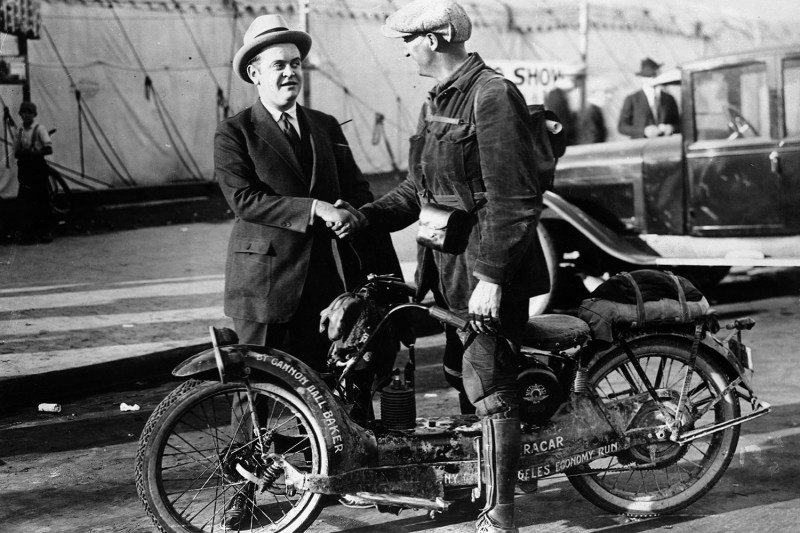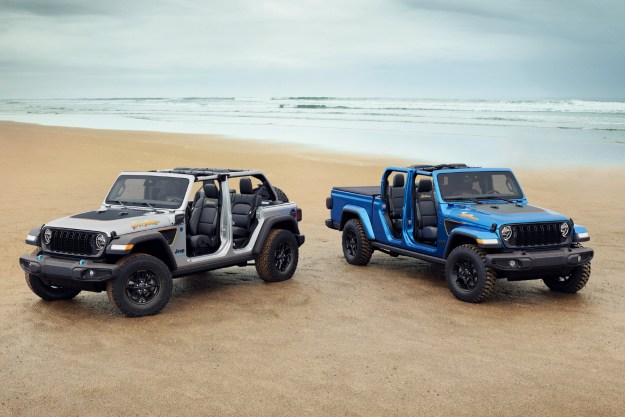The world of auto racing is full of so-called “holy grails.” There are trophies for open-wheel races, endurance races, cross-desert races, and even underground street races. Few, however, are as ingrained in the public consciousness as the Cannonball Run. In 1981, the Burt-Reynolds-led movie of the same name cashed in on the goofier side of the original Transamerican race series. However, the real-world events were far faster, more dangerous, and highly illegal. This month, a trio of young men announced they’d just set the new Cannonball Run record, and the jaw-dropping details are almost unbelievable.
The three men — Arne Toman, Doug Tabbutt, and Berkeley Chadwick — drove 2,825 miles from New York City to Los Angele, known colloquially as “the Cannonball,” in just 27 hours and 25 minutes. For perspective, Google Maps charts the fastest legal time at more than 42 hours. According to Road & Track, the team shaved more than an hour off the previous record set in 2013. Over 20 attempts have been made since then to break the record with no success. Like thousands of race records set before it, the consensus was that it would never — nay, could never — be broken. It was deemed impossible.

With planning, perseverance, and state-of-the-art technology, this trio of virtually no-name drivers obliterated it. Yet, their record-setting time only tells half the story. They spent two years meticulously plotting their northern route covering almost 3,000 miles across Nebraska, Colorado, Utah, and on to California. In total, they stopped for just 22 minutes and 30 seconds, and they have the GPS screenshots to prove it. Those screenshots also depict an overall average trip speed of 103 miles per hour and a top speed of 193 miles per hour — all on roads with an average speed limit of just 70 miles per hour.
The latter was thanks in large part to their highly modified 2015 Mercedes-Benz E63 AMG. The all-wheel-drive sedan’s most significant modification was a boosted engine that pushed output of the stock V8 to a whopping 700 horsepower. The trio also added a 45-gallon trunk-mounted fuel tank to keep pitstops to a minimum. The long list of technological upgrades was worthy of an Apache helicopter. From multiple radar detectors, a police scanner, a CB radio, and even gyro-stabilized binoculars, the team used every gadget at its disposal to dodge law enforcement. It even mounted a thermal-imaging scope to the car’s roof to detect roadside heat signatures for animals and police cruisers. According to Arne Toman, one of the drivers, he also packed a “[t]raffic light changer. Electronic air horn and P/A. A state-by-state law enforcement guide. A 10-code cheat sheet. A deck of FOP cards.”

Most surprisingly, the team confirmed in a CBS News interview that, “Thankfully nothing bad happened. There was [sic] no altercations with the police or anything to slow us down.” Throughout the journey, they were assisted by a nationwide web of “spotters,” drivers who scouted the road ahead in search of ground and aerial speed traps.
Reaction from most of the online auto enthusiast and racing communities has been a virtual high-five. Of course, almost nothing about completing the Cannonball is legal. Not surprisingly, the team has faced enormous backlash from authorities, cops, and even fans. Toman was quick to point out that the drive was completely safe. “There was no close calls at all,” he argued. “We don’t pass people at a high rate of speed, simply because it’s dangerous, and if we were to do that, to drive recklessly, they’re just going to call the police, and then we’re just going to have police waiting for us.”
Anyone can drive fast, of course. That the team had “no close calls” across their blisteringly fast transcontinental journey feels like an enormous stroke of luck. If Top Gear taught us anything, it’s that, “Speed has never killed anyone. Suddenly becoming stationary, that’s what gets you.”
The new record is unlikely ever to be broken — until it is. Because there will always be someone crazier, more brazen, and even more record-hungry than the last. One thing is for sure though: No one will ever do it with the iconic swagger or hirsute, ‘70s-porn-star sex appeal as Burt Reynolds. God rest his soul.


